Williamsburg Bridge
Project: Rehabilitation of lower roadway Borough of Manhattan, re-creation of monumental fabricated torcheres and bronze ornaments.
Allen Metals was selected to re-create the six large-scale electroliers that illuminate both sides of this bridge. These were fabricated from steel and a combination of cast iron components. Allen was also responsible for the recreation of the two sets of decorative bronze figure-heads and bandings that mark the entrance to the bridge on the Brooklyn side. These massive figure-heads were molded and cast in bronze as exact replicas and polished to a satin finish. The laurel leaf banding surrounding the illuminated obelisk that support the figure-heads have been molded and cast in bronze to match the originals from the bridge as well. Much time and attention to detail was necessary to bring the giant of a bridge back to its original luster.
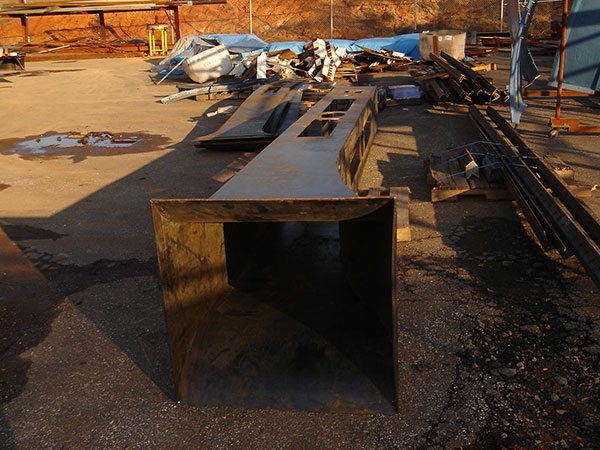
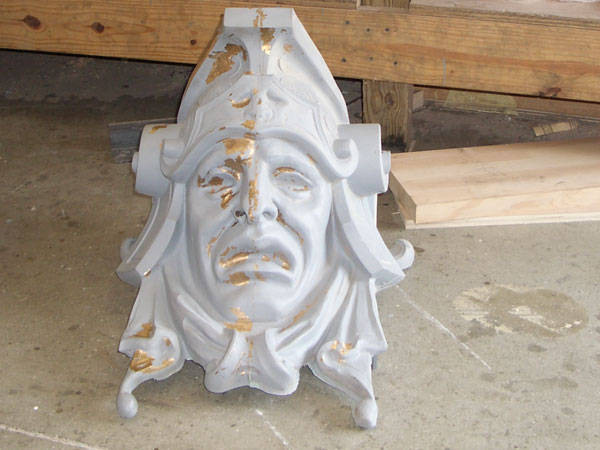
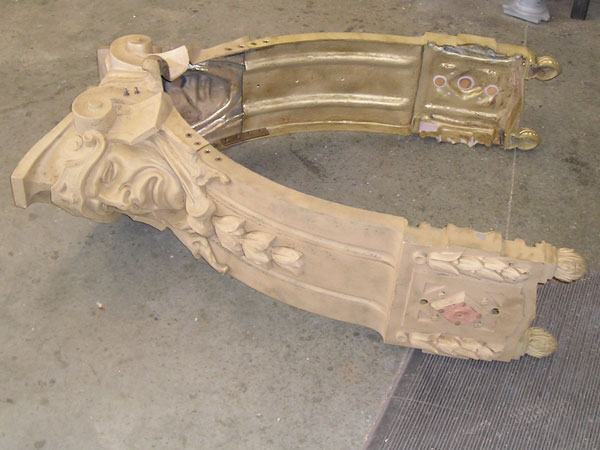
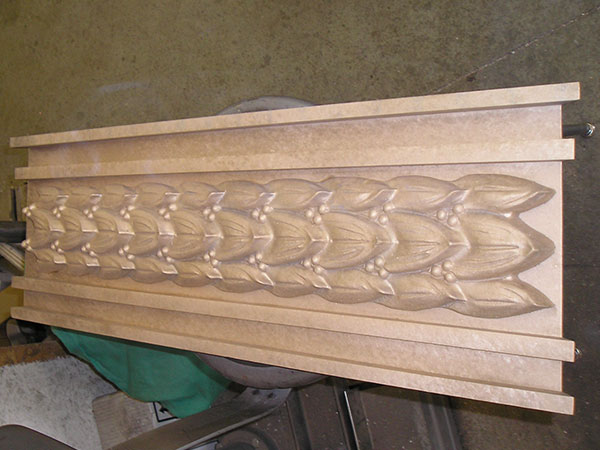
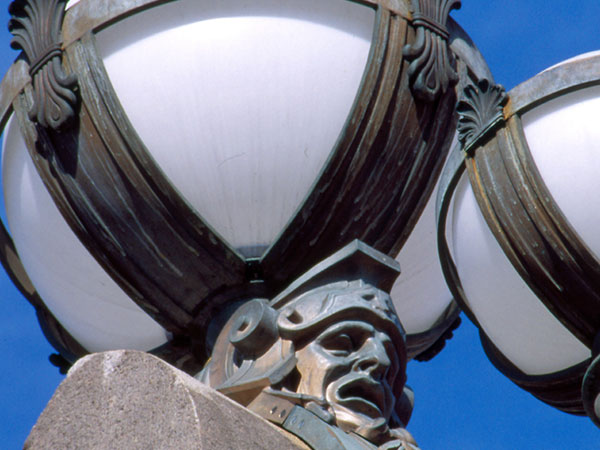
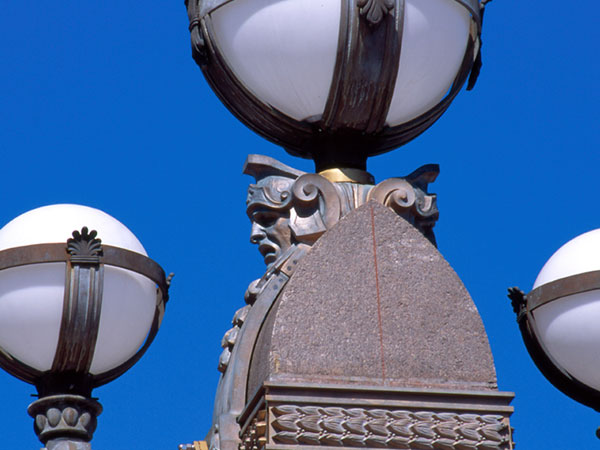
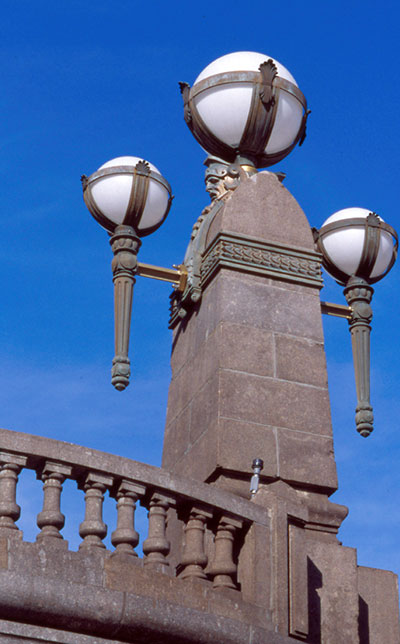
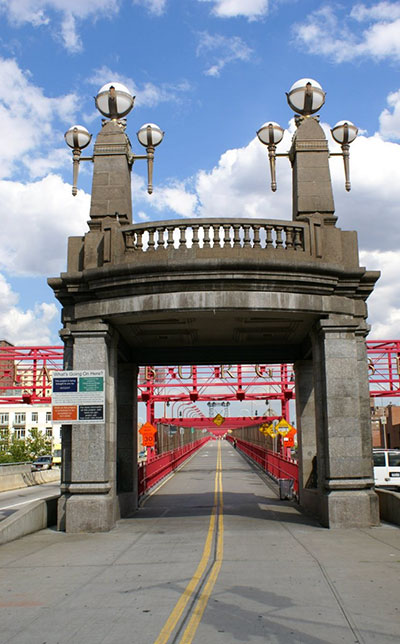
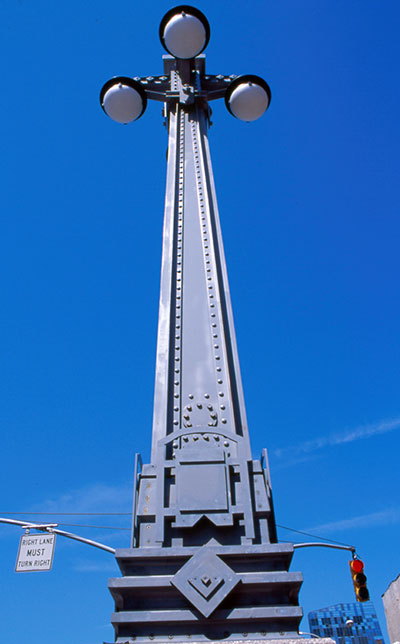
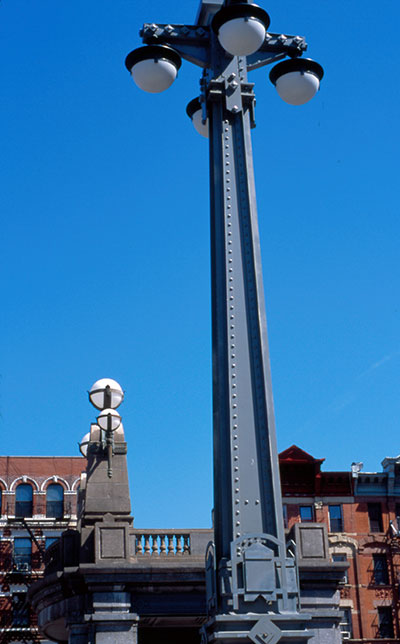
Details
LOCATION
New York, NY
ARCHITECT
New York City
Department of Transportation
CONTRACTOR
Koch Skanska





